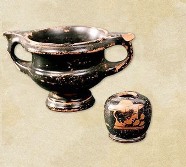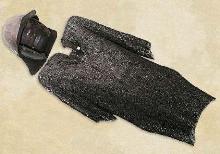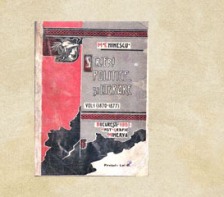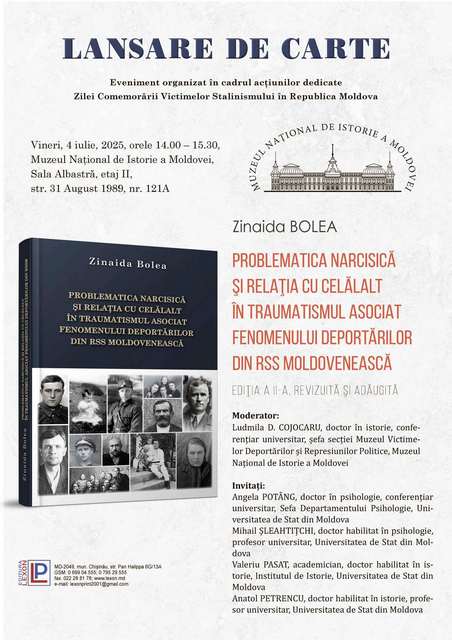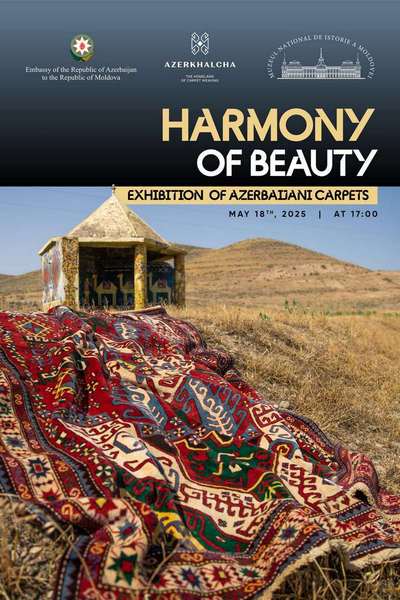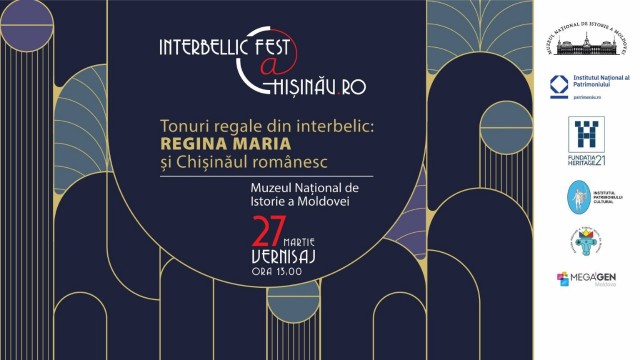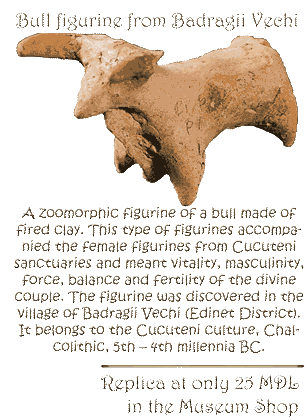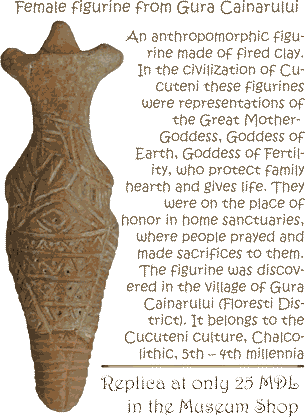The text of the publication
starts with an
Introduction with general notions about what icons are, what are their messages, their symbolic language and which are their role in society, church and a museum collection, arguing how important is the valorification of an icon collection and what opportunities open with its publication.
In Chapter I
with the title
From the history of making the marial icon collection of the National Museum of History of Moldova. Variety of composition, materials and techniques we
present in detail the ways in which the collection was formed, noting, in this context, the transfers from other museums, from the customs and police departments. We mention here icons that entered into the museum heritage through acquisitions and donations, substantially completing the collection of local icons. In this chapter we also presented the origin and structure of the collection, commenting in detail the place of origin and icon chronology and the many marial compositions. While highlighting theological types, we mentioned symbolic iconography and subjects inspired by revelatory experiences of the protagonists. Then follow detailed description of icon wood and painting base modeling techniques, we paid attention to inscriptions on their front and back sides, emphasizing the importance of these messages in establishing icon typology, chronology, in knowing name of the painter, engraver and of the person who ordered the icon or where the icon was kept etc. We mentioned icons respecting iconographic rules and those where they were less respected, stressing the skill of craftsmen who have allowed themselves the freedom of artistic expression.
Chapter II. Icons of the Holly Virgin form the Collection of the National Museum of History of Moldova. Classifications and iconographic reference. Icon identification reflects a complete description of these heritage objects. This section describes the methods that have helped identify anonymous icons or with incorrect title. For some Russian and Ukrainian icons the title has been adjusted based on the meanings and theological content of the compositions. These clarifications required thorough and dedicated involvement that contributed to a rigorous presentation of the collection with precious information to those interested in knowing the rich content of this collection.
A particular aspect of the research was the typological classification of icons, their systematization, with given priority to early icons that have served as models for later compositions. We start with topics that reflect the Virgin Holidays (Birth of the Virgin, the Mother of God in the Church, the Annunciation of Virgin Mary and Assumption of Virgin Mary) and general main types - Panakranta, Oranta, Hodighitria and Eleusa, then we continue with symbolic representations evoking homiletic texts and those inspired by revelatory experiences of central characters. Given the presence of several icons in the collection of the same type, we decided to classify icons into iconographic categories according to chronological criteria, giving the opportunity to the reader to follow the evolution of iconographic compositions, their stylistic and artistic peculiarities.
Next comes the
repertoire of icons with photos and general descriptions. The presence in the collection of a variety of iconographic types motivated us to describe in general lines the famous models that influenced the development of other icons. Also, in descriptions is indicated the day each icon is celebrated by the Orthodox Church.
The icons are numbered from 1 to 172. Description of each icon contains information about: 1.
Provenance, chronology, author. Indication of the country of origin and the time of the icon, name of the painter and engraver. If the icon is not signed, we use the phrase "anonymous painter." 2.
Material, technique, dimensions. Determination of what the icon is made of - cloth, wood, metal, gold leaf and which is the icon painting technique - oil, tempera, engraving, enamel, pearl. Information about the width, length and thickness of the support. If the icon contains coffer, information about its dimensions and integrated frame is given. 3.
Number of inventory, method of holding. FB is used for icons stored in the basic fund of the museum collection, while FA is used for the auxiliary fund. Information on how the piece entered the icon collection, date and place of transfer, donation or (and) purchase. For many icons there is no data about the place they were kept before reaching the museum collection, therefore under heading referring to holding is indicated their last owner. 4.
Conservation. Detailed description of icon condition, degradation degree of the support and of painting layer. 5.
Earlier restorations. It is indicated if there are traces of earlier restoration works. If so, is mentioned the name of the restorer, date and institution where the intervention took place. 6.
Bibliography. Indication about the time and place where the icon was mentioned. 7.
Original inscriptions. Mentions about inscriptions found on icons, stressing their importance in determining iconographic subjects and represented characters. 8.
Chromatics. Specification about color range of background, garments and figures.
Then follows a presentation of icon composition with given priority to the description of prototypes, mention of background and architecture, remarks about symbolic expressions and stylistic peculiarities.
The Abstract in Russian and English provides a general description of the collection of icons from the heritage of the National Museum of History of Moldova with mention of all methods of creation, classification and ordering of icons, particularities in making the wood base, technical execution of color layers and all research methods used for elaborating the collection description.
The
typological classification along with the history of iconography and elaboration of the present catalogue - all required a lot of names and concepts. In a separate section is included the critical apparatus provided with an
Abbreviations list which includes the abbreviations used, a
Glossary with explanations, a useful
Name index to facilitate the search of topics and a baseline and selective
Bibliography, with approximately 170 listed titles.
 31 August 1989 St., 121 A, MD 2012, Chisinau, Republic of Moldova
31 August 1989 St., 121 A, MD 2012, Chisinau, Republic of Moldova




 The side panels are elegantly decorated with refined cast-iron elements in the Art Nouveau style, displaying the brand name - "Ideal." The Polyglott model, featuring a bilingual keyboard patented in the United Kingdom by Max Klaczko from Riga, Latvia, was produced between 1902 and 1913, marking the first typewriter capable of writing in two languages. The "Ideal Polyglott" typewriter was actively sold in the Russian Empire and gained significant popularity in Poland, Bulgaria, and Serbia.
The side panels are elegantly decorated with refined cast-iron elements in the Art Nouveau style, displaying the brand name - "Ideal." The Polyglott model, featuring a bilingual keyboard patented in the United Kingdom by Max Klaczko from Riga, Latvia, was produced between 1902 and 1913, marking the first typewriter capable of writing in two languages. The "Ideal Polyglott" typewriter was actively sold in the Russian Empire and gained significant popularity in Poland, Bulgaria, and Serbia.














